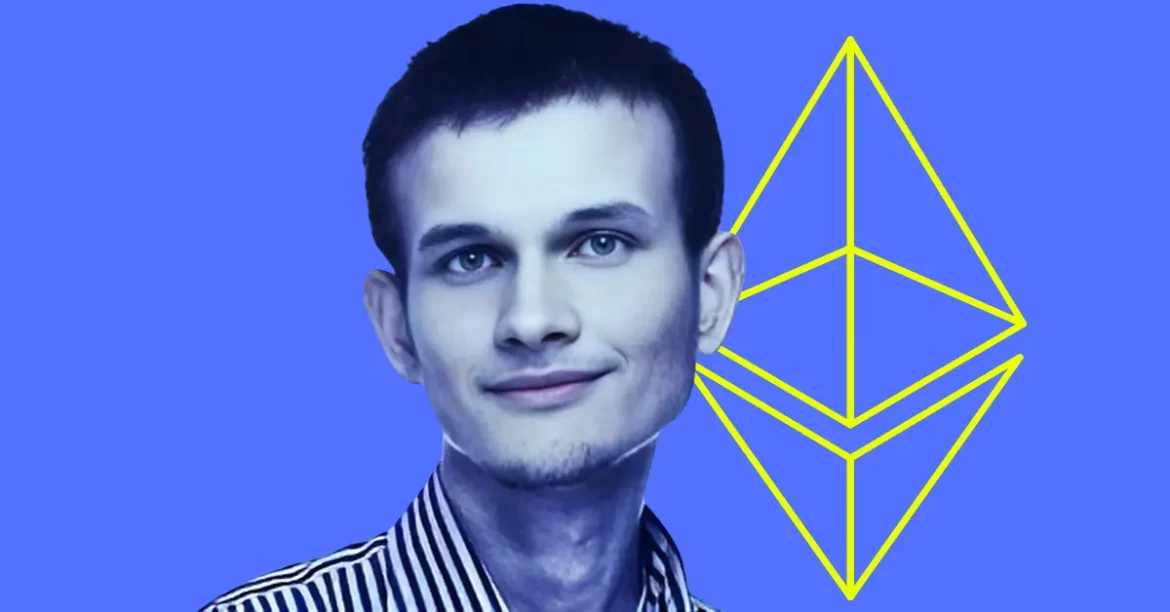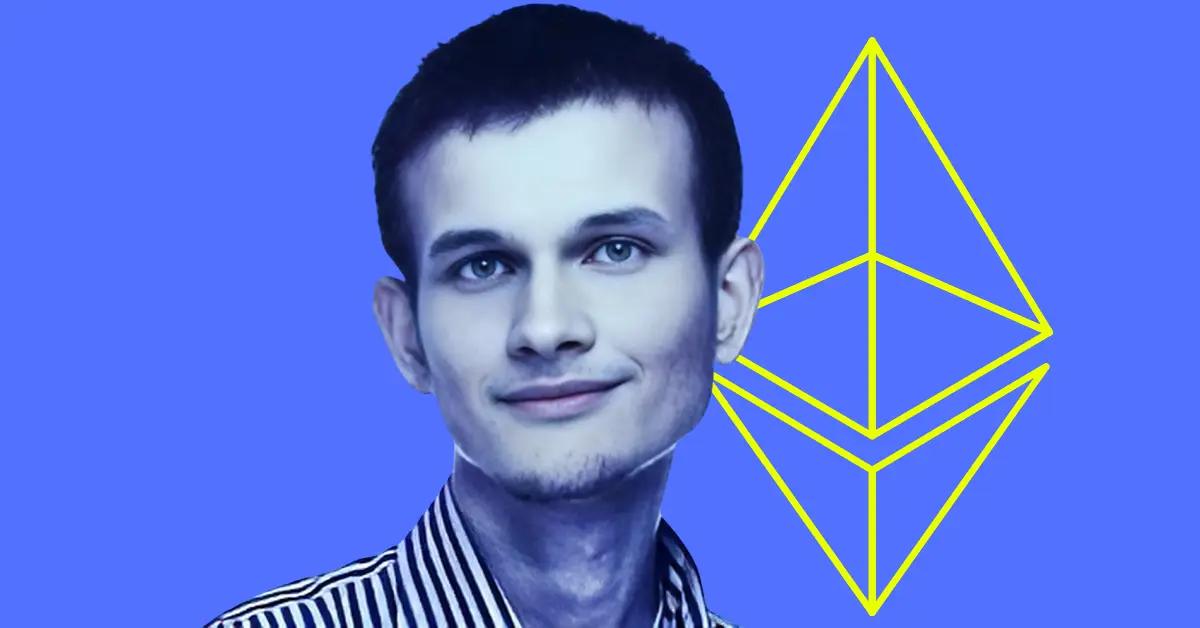Unpacking Vitalik Buterin’s Ambitious Plan to Scale Ethereum’s Gas Limit
Ethereum, the world’s leading smart contract platform, is on the brink of an unprecedented transformation. Vitalik Buterin, Ethereum’s co-founder, has recently unveiled a visionary initiative aimed at dramatically increasing the Layer 1 (L1) gas limit by up to 100 times. This proposal could revolutionize Ethereum’s capacity to process transactions and execute smart contracts, addressing long-standing scalability challenges that have limited the network’s throughput and efficiency.
The Current Context: Gas Limit and Ethereum’s Bottleneck
At its core, the gas limit determines how many transactions or computational steps a single Ethereum block can handle. Today, Ethereum’s gas limit hovers around 30 to 40 million gas units per block, striking a balance between performance and decentralization. Increasing this limit means the blockchain can process substantially more data each block, potentially reducing fees and improving transaction speeds. However, pushing this limit has long been controversial due to concerns about node performance and network security — higher gas limits increase the state size and resource demands on full nodes, which in turn could centralize the network by making it harder for average users to run nodes.
Vitalik’s Proposal: 10x to 100x Gas Limit Increase Through Stateless Nodes and EIP-4444
Vitalik’s plan centers on a technical breakthrough: transitioning Ethereum nodes toward a “partially stateless” or “stateless” architecture. Unlike traditional full nodes, which store and maintain the entire Ethereum state, stateless nodes would operate by storing only a minimal subset of this data, fetching state proofs on demand to validate transactions and blocks. This approach significantly reduces the hardware burden on node operators, enabling them to keep pace with an expanded gas limit without infrastructure becoming prohibitively expensive.
Key elements highlighted in the proposal include:
– Partially Stateless Nodes: A compromise that allows nodes to operate independently with minimal state storage, preserving decentralization while enabling scaling.
– Ethereum Improvement Proposal (EIP)-4444: A specific roadmap item aiming to implement this node upgrade and accommodate increased gas limits.
– Real-time zkVM Proofs from Succinct Labs: A recent milestone showcasing zero-knowledge virtual machine proof systems that help reduce on-chain data overhead, further facilitating scalability.
With these innovations, Vitalik envisions scaling Ethereum’s capacity by 10 to 100 times its current gas limit, essentially turning Ethereum’s throughput from tens of transactions per second to thousands or more at Layer 1.
Balancing Scaling and Decentralization
One of the most impressive facets of Vitalik’s roadmap is the focus on maintaining Ethereum’s foundational principles of decentralization and security. Increasing the gas limit without addressing nodes’ data burdens risks edging Ethereum toward centralization, where only large entities can afford to participate fully. Stateless nodes provide a path to scale without sacrificing the permissionless and trustless nature that defines Ethereum’s ethos.
Ethereum developers and researchers, including voices from the Ethereum Foundation, have welcomed the ambition but cautioned against overly aggressive timelines. There is an understanding that balancing rapid expansion with network health is delicate — rapid growth in the gas limit can bloat the blockchain state and increase sync times, deterring smaller node operators. By proposing incremental upgrades and robust architectures like EIP-4444, Vitalik’s vision offers a gradual evolution rather than a sudden leap.
Complementary Scaling Strategies: Layer 2 and Sharding
Vitalik’s gas limit increase proposal fits into a broader Ethereum scaling ecosystem. Layer 2 solutions, such as rollups, are expected to handle most transaction load in the near future by bundling multiple transactions off-chain and settling on L1 in compressed batches. Vitalik has also outlined intentions to improve interoperability between Layer 2s and Ethereum’s mainnet, ensuring the network remains cohesive and user-friendly.
Sharding, a longer-term upgrade, aims to divide Ethereum’s state and transaction processing into parallel chains, further multiplying capacity. Until sharding is fully implemented, boosting L1 gas limits and enabling stateless nodes serve as vital steps to alleviate congestion and lower fees.
Possible Risks and Challenges
While the roadmap is promising, it is not without risks:
– State Growth and Syncing Complexity: As the gas limit increases, the blockchain’s state grows, potentially complicating node synchronization and data availability.
– Implementation Complexity: Transitioning from full nodes to stateless or partially stateless nodes is a significant architectural shift requiring extensive testing and community consensus.
– Validator and Miner Support: Consensus among network validators and miners must be secured for protocol upgrades to succeed without hard forks or contentious splits.
– Security Concerns: New cryptographic proofs and zero-knowledge solutions introduce novel attack surfaces that must be rigorously vetted.
Addressing these challenges will require careful coordination, transparent development, and gradual rollout strategies to avoid disrupting Ethereum’s vast ecosystem.
Conclusion: A Quantum Leap Toward Ethereum’s Scalable Future
Vitalik Buterin’s bold vision to increase Ethereum’s gas limit by 10 to 100 times, anchored by stateless node implementation and innovative cryptographic techniques, signals a pivotal moment in blockchain scalability. This roadmap does more than just increase transaction throughput; it aims to preserve Ethereum’s core values of decentralization, security, and accessibility while enabling the network to sustain explosive growth in decentralized applications and users.
As Ethereum progresses toward this ambitious upgrade, the blockchain community watches with anticipation. Successfully executing this plan could transform Ethereum from a network at capacity to a decentralized digital infrastructure capable of handling global-scale decentralized finance, gaming, and Web3 applications — setting the stage for the next era of innovation in blockchain technology.





